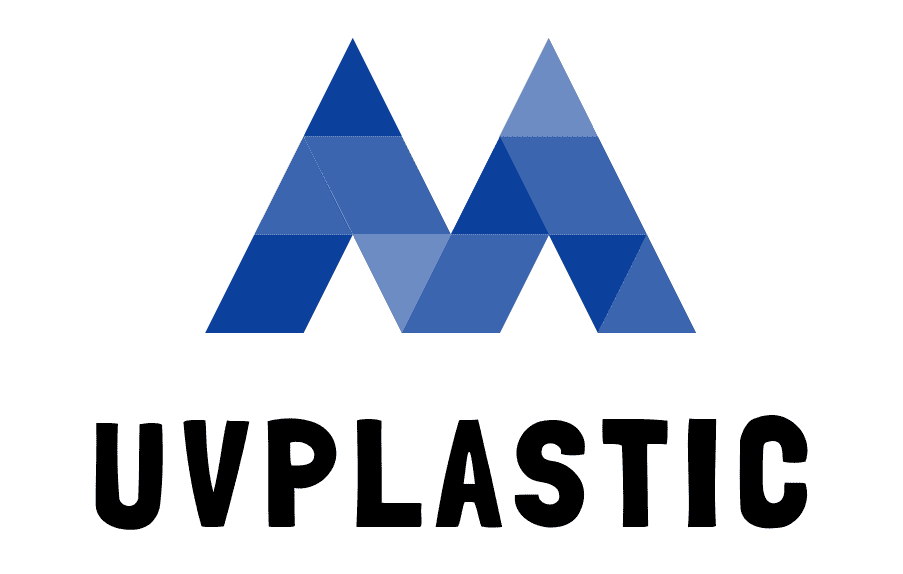Vacuum casting plastic
What Is Vacuum Casting For Rapid Prototyping
If you think of the most inexpensive way of creating any prototyping, then vacuum casting is your answer. Vacuum casting is a rapid prototyping method suitable for pre-testing and validation, pre-series prototyping, and low-volume production for early market launch.
Vacuum casting, also known as urethane casting or polyurethane casting, is a pliable and efficient method for creating high-quality prototypes and faster manufacturing.
This process uses silicone molds and casting resins to create plastic and rubber elements under the vacuum. This effective manufacturing process can copy the master patterns of injection molding to construct complex parts on cast nylon and polyurethane resins.
Such copies are usable in many ways, such as engineering testing, functional testing, display models, product development, and many more.
It creates a blemish-free smooth surface texture without bubble casting as the process stays under the vacuum.
How Does The Vacuum Casting Process Work?
Vacuum casting is a similar process to injection molding. Still, it uses a molding tool made out of soft silicon, whereas injection molding requires tools made from metal like steel or aluminum. Let’s dig deep into the vacuum casting process.
1. High-quality Model 3d Part
Vacuum casting requires high-quality master models of the desired product. In addition, you must follow the injection molding guidelines to achieve a better result through vacuum casting.
However, you can get your model created with 3D printing methods such as SLS or SLA, the most effective and cost-efficient additive manufacturing process. You can also turn to traditional methods like CNC machining or get your model handcrafted.
Make sure the master model is used correctly for dimension and look. This ensures no flaws in the model prototype after finishing the process.
2. Creating Silicone Rubber Mold
After the creation process, the model is placed in a casting box filled with liquid silicon, where the liquid silicon flows around the master pattern filling every detail.
The model is encapsulated into a two-part silicone rubber mold. Later, the mold is cured inside an oven under a high temperature of around 40℃ for about 8-16 hours. The time and temperature may vary depending on the size of the silicon mold. This process is to make the mold more durable and robust.
When the curing process is over and the silicon rubber has solidified, the casting box is removed from the mold.
Then, the mold is cut in half into two and placed in a vacuum chamber. Later, the mold is filled with designated materials.
3. Mixing The Resins
For achieving specific functional properties, polyurethane resins are heated to 40°C before mixing with metallic powder or any color pigments. As a result, the resins mimic the attributes of industrial materials.
Generally, a two-component casting resin is mixed with the exact proportion of colored pigment, poured into a bowl, and placed in a vacuum. During the pouring process, the mixture of casting resins and color pigment is stirred and deaerated for a minute under a vacuum. Then, it is placed in the vacuum chamber to ensure no air bubbles in the mold.
4. Demould The Resins
After the resin has been cast, it is placed in a heating chamber for a final cure process. The mold is processed under high temperatures to make it durable and robust.
After the cured prototype is removed from the mold, it is painted and decorated to give a final touch and look more brilliant.
Application Of Vacuum Casting For Rapid Prototypes In The Industry
Benefits Of Using Vacuum Casting For Rapid Prototype
Drawbacks Of Using Vacuum Casting For Rapid Prototype
You will face some drawbacks while using this method for rapid prototyping. Those are given below-
